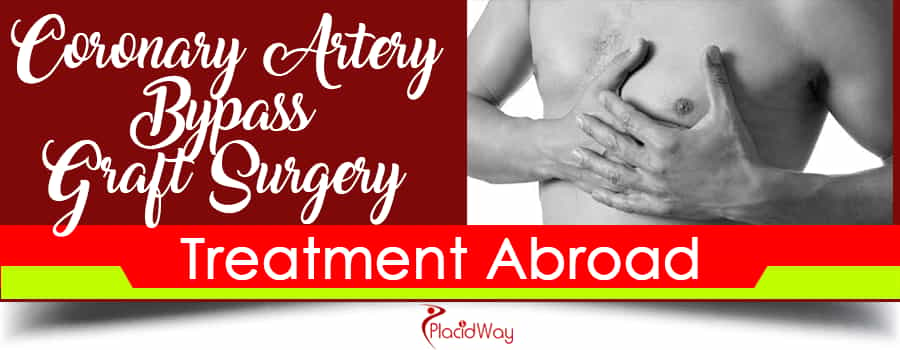
CABG stands for coronary artery bypass graft surgery, and is pronounced "cabbage." This procedure is designed to increase and improve the flow of blood to the heart muscle. The coronary arteries carry nutrients and oxygen to the heart, and if those vessels are narrowed, blocked or somehow damaged, the heart muscle itself won't receive adequate oxygenation, which affects its function and ability to pump blood to all parts of the body.
CABG surgery is often recommended to individuals who have been diagnosed with severe coronary heart disease, also known as CHD. Coronary heart disease causes plaque to build up inside arteries that serve the heart, which narrow blood vessels and prevent adequate blood flow from reaching or leaving the heart.
The coronary artery bypass graft is a surgical procedure has been done for decades and is one of the most common types of open heart surgery performed in the United States. The graft procedure is basically designed to take a portion of healthy artery from another point in the body in order to graft it into place over the damaged coronary heart artery to serve as a bridge, thereby restoring adequate blood flow and function to the heart. The artery graft is stitched onto healthy ends of the coronary artery on either side of the blockage.
An individual can undergo one bypass or up to four, as there are four major coronary arteries found on the heart muscle. The surgical procedure may last up to 5 hours, depending on how many arteries are grafted. The patient is placed under general anesthesia and will be asleep during the procedure.
The surgeon makes an incision (about 8 inches long) in the center of the chest. The sternum, or breastbone, is split and the rib cage opened so that the thoracic surgeon can access the heart. Drugs will be utilized to stop the heartbeat. During this time, the patient is placed on a heart-lung bypass machine that continues to pump blood through the body during the grafting procedure.
A small portion of artery is taken from the groin area or the chest to replace the damaged portion of artery on the heart muscle. Repairs are made to the donor site and the new portion of coronary artery stitched into place. In most cases, the heart will beat again on its own once blood flow is restored. The surgeon will then repair the sternum and ribs with wires and suture or staple the incision closed.
Several types of CABG surgical procedures are performed, depending on specific needs and the doctor's recommendation. These include:
Coronary artery bypass graft surgical procedures are performed by to cardiothoracic surgeon. A cardiothoracic surgeon is specially trained in treatments, procedures and surgeries of the heart muscle and blood vessels leading two, away from, or on are within the heart muscle itself. Cardiac surgeons specialize in cardiovascular methods and treatment procedures after roughly five years of general surgery residency, followed by two to three years of cardiothoracic surgery residency.
Get in touch with us and find out more about your options!
Heart Surgery Abroad, Cardiac Care Abroad